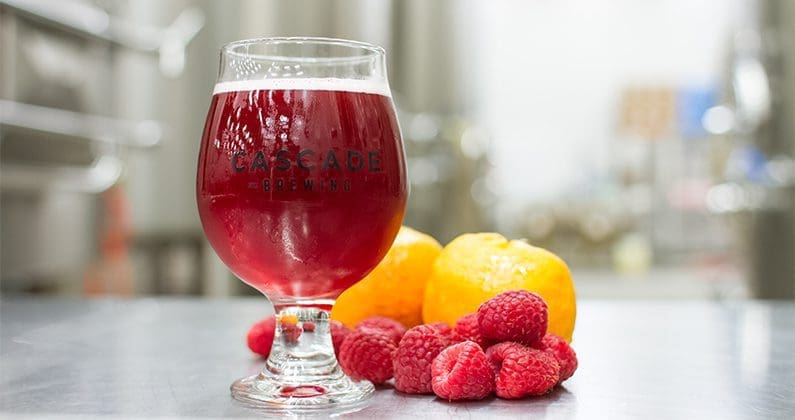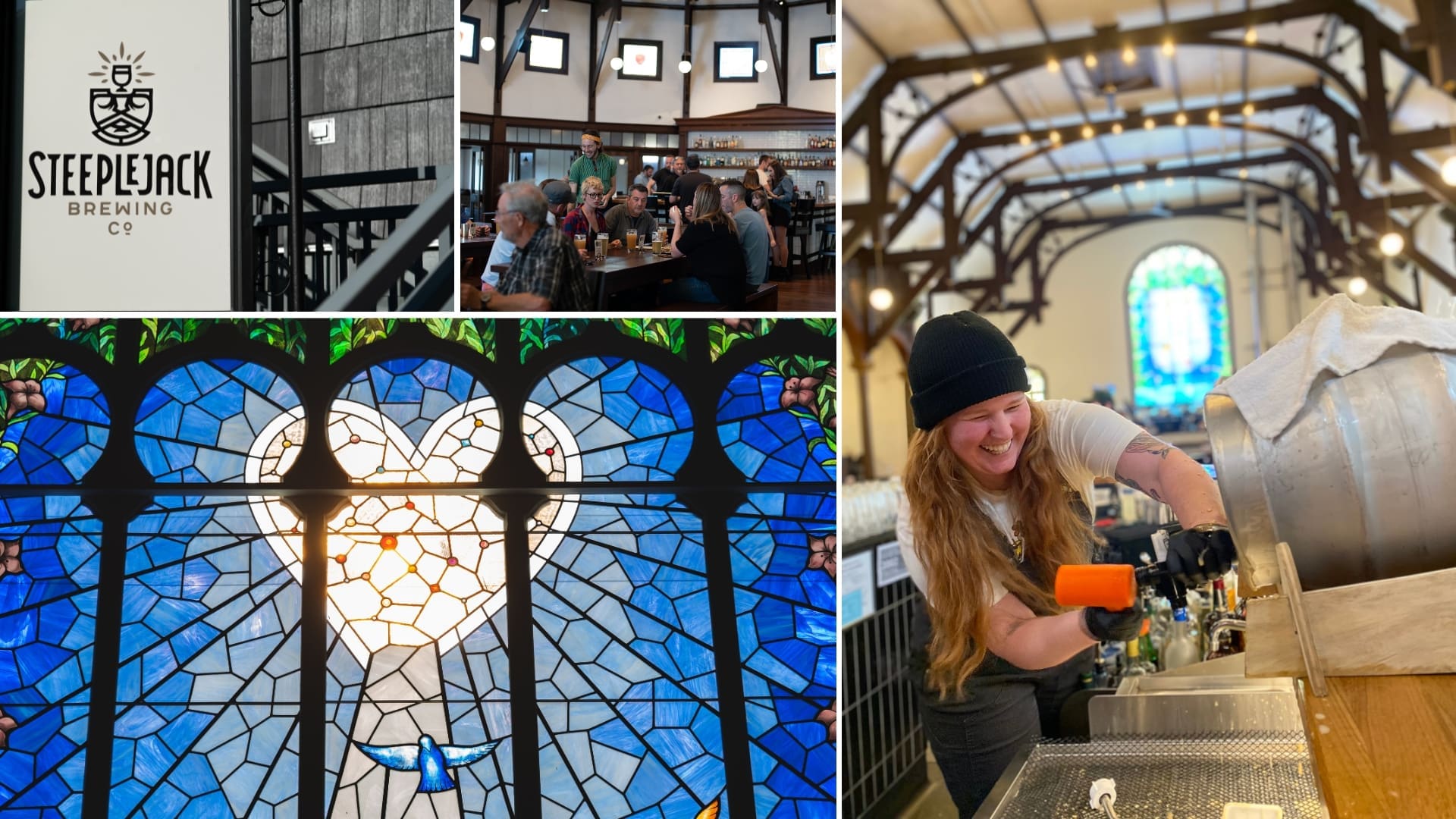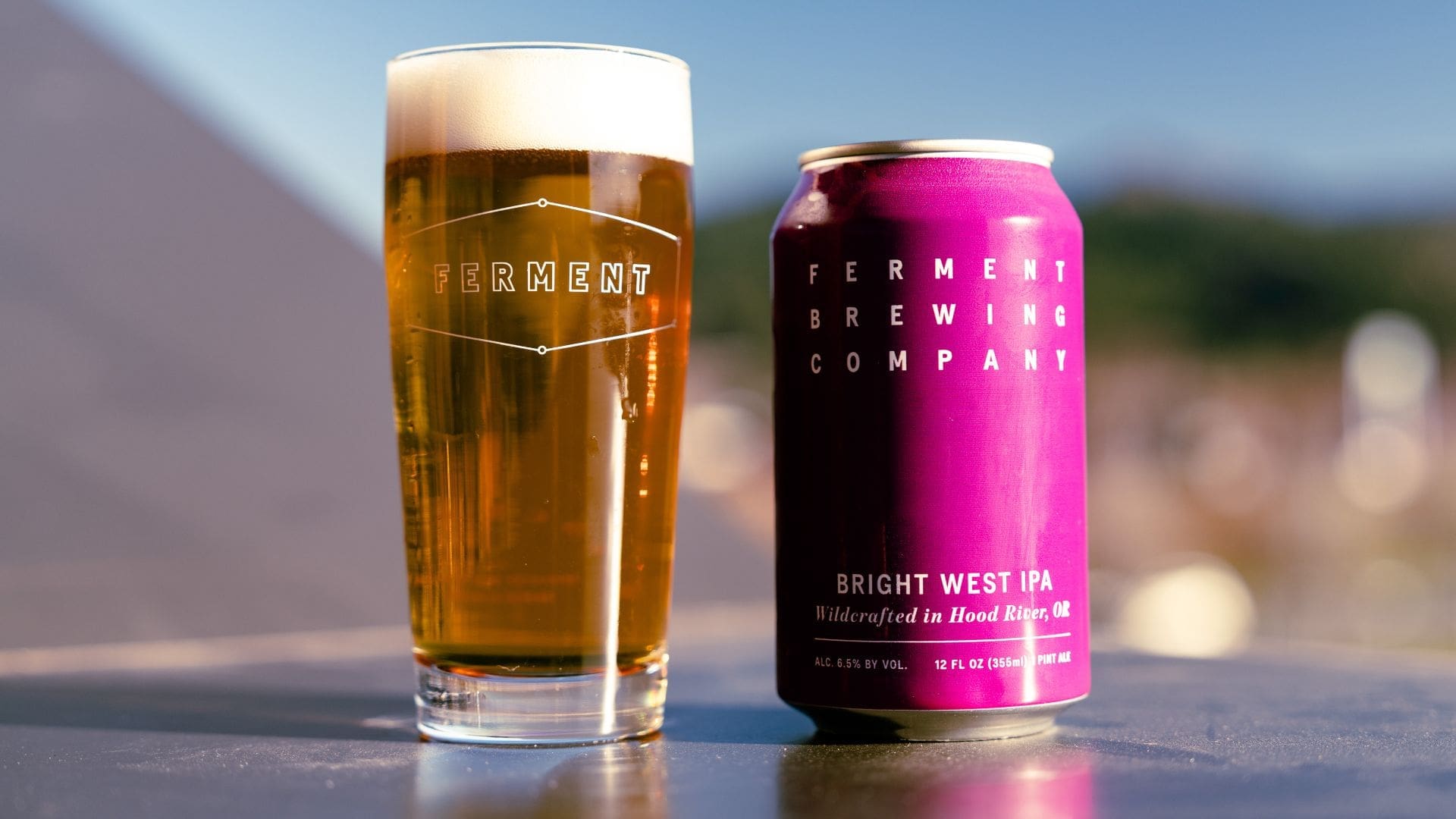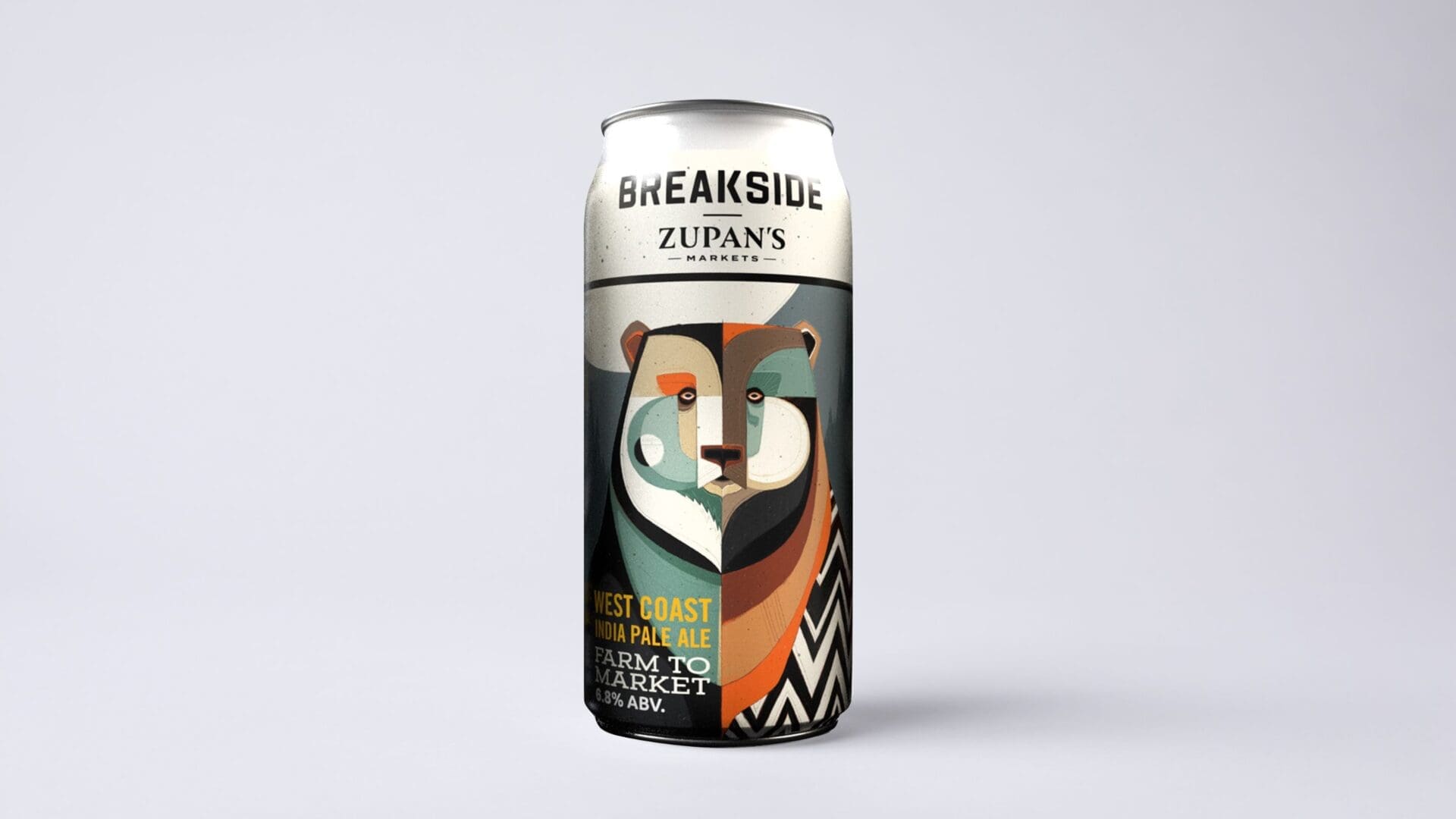There are people who absolutely cannot handle sipping on a sour beer, and then there’s the rest of us. There’s the sour beer lovers of this world, who just can’t get enough of those tart, complex flavors. Sours are slowly but surely starting to appeal to a wider variety of palates, and they’re growing in popularity. But what exactly makes a sour beer, well, sour? And how exactly are they made? We sat down with Kevin Martin, director of brewery operations for sour beer pioneer Cascade Brewing in Portland, to find out more.
But first, a history lesson.
Sours are not a new concept by any means. Sure, they’ve been growing in popularity in recent years as craft brewers have continued to find innovative ways to set themselves apart, but they’ve actually been around for centuries. Before the industrial revolution, and before there were really any sanitation standards, brewers would brew a batch of beer and then just let it sit, wide open, collecting all of the wonderful bacteria in the air. Because we now know that some types of bacteria are acid-producing, chances are, many of the beers produced back in the day were sours.
What exactly is a sour?
To really get down to the basics, acidity is what adds that tart, sour characteristic to a sour beer. “A sour is a beer that focuses on acidity as its primary flavor component as opposed to a hoppy IPA or a malty porter or amber,” Martin says. “They’re fermented differently than standard beers and have an elevated level of acid as a product of that fermentation process.”
How are sours made?
When a sour is made, bacteria is introduced after the wort is complete, but prior to fermentation, causing microbiological activity that ultimately offers complexity in the beer. According to Martin, specific types of yeasts are added to do its job to consume sugars, metabolize and then release alcohol. Meanwhile, bacteria is introduced to consume sugars and eventually create acid in the beer. Bacteria may be introduced by exposing the beer to open air and letting nature take its course (just like they did back in the day) or by introducing an intentional bacterial culture.
The two most popular types of bacteria introduced to a beer to turn them into a sour are Lactobacillus and Pediococcus. “Lactobacillus is probably the most common,” Martin says. “It gives a pleasant flavor, and it’s the same ingredient found in a lot of food products and candies.”
Acetobacter may be introduced in small amounts as well, but it’s not as popular since it offers a bit more of a vinegar flavor, he adds. Any combination of bacteria may be added, depending on the brewer’s goal.
Most sours also have fruit added to them, enhancing that intricate flavor profile. “The sour flavor is really friendly with fruit,” Martin says. “And since fruit jives nicely with sour beer, most incorporate some fruit element, allowing the consumer to look at sour beer through a lens like we do for wineries with different vintage years, growing season variations and regional flavors.”
Some brewers choose to make sours using a quick and easy method, adding bacteria to the mash tun and then fermenting it in the tank, resulting in a kettle sour. Other brewers think that the best things in life take time. They introduce the bacteria and allow it to do its thing throughout the process of barrel-aging for one-two years, giving it plenty of time to consume the sugars and eventually develop the sour flavor profile we all know and love.
Cheers to you, bacteria!








